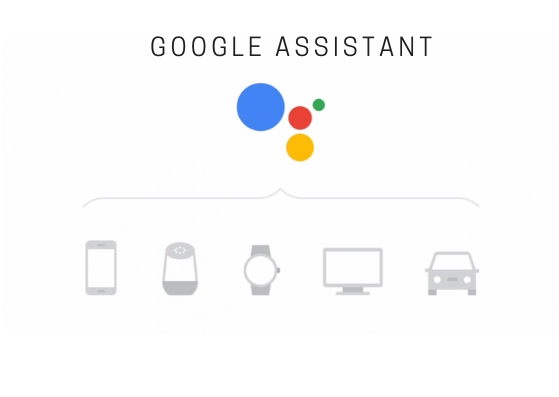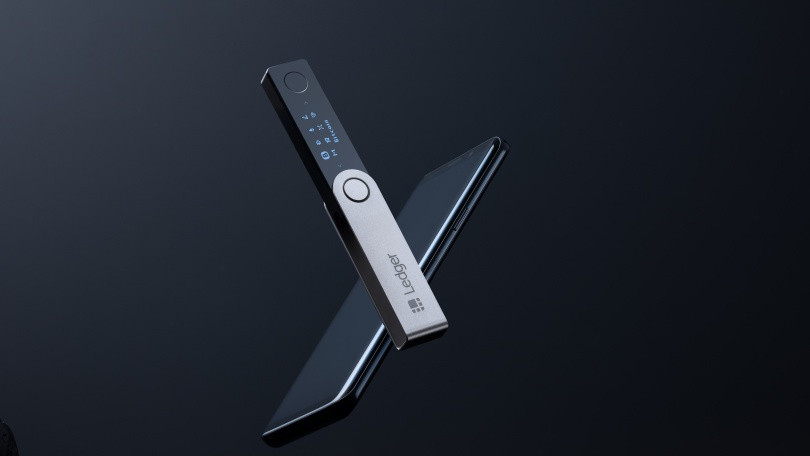The Fight for Bitcoins- Binance acquires Mumbai-based WazirX
Binance, which serves as the world’s biggest cryptocurrency exchange network has acquired WazirX is a huge move in the bitcoin market. The Mumbai-based exchange WazirX works within the Bitcoin-related crypto-currency domain. With this acquisition, Binance will be in a position to offer services to over 1 billion Indians. Here’s everything you need to know about the acquisition and what it means for the market.
The Future for India
The announcement regarding the acquisition came out today, out of the blue. The move is tilted to be a significant one that will change the way the nation exchanges Bitcoins. The announcement also says that Indians will now have the option of buying and selling crypto-currency using Indian currency from Nov 25.
Words from the CEO
Nischal Shetty, who serves as the CEO of WazirX has made it clear that Binance now holds 100% of WazirX. A non-disclosure agreement prevented Nischal from providing any further details regarding the acquisition. However, reports state that the deal is worth around $5 to $10 million. The CEO also mentioned that Binance has plans to employ 20 members of WazirX. Furthermore, the company will function independently in a bid to involve more Indians in the crypto-currency revolution.
Things are Looking Up
This acquisition will also help in adding the Indian fiat to Binance’s crypto-currency gateway. According to WazirX’s COO Siddharth Menon, adding such fiat ramps will help in boosting the overall economy. Such a move will help in expanding the crypto market and will help more people get access to this sector. Also, Binance is a world-leader in this aspect, and therefore, has access to most of the major traders around the world. Meanwhile, WazirX has been implementing and testing the technology required to make this dream a reality. With both the forces working together, we could be looking at a mass exodus to the cryptomarket by Indians around the country.
Plans for the Future
As per prior announcements, Binance also has plans to utilize WazirX’s auto-matching engine to make fiat-based transactions easier. Such a system will allow Indians to buy the Tether coin using their INR. Afterward, users have the option of trading the Tether with any cryptocurrency of their choice via Binance. As most of the developed nations have already moved to a crypto-currency based economy, the next big move will come from developing nations. India has the power of over 1 billion people, and hence, a mass crypto-market move can help the entire economy. This acquisition will help WazirX make fiat-based ramps and transactions easier for the whole world.
As per Changpeng Zhao, who serves as the CEO of Binace having such a young demographic in hand will help the company adapt and evolve. By making use of the new financial technology that WazirX provides, Binance seeks to play a crucial role in encouraging the adoption of crypto-currency around the world.
Crypto-Currency in India
In 2018, the Reserve Bank of India forbids banks from helping and loaning money to crypto-currency firms. Though several companies filed petitions to reverse this decision, the case is pending. The next hearing of the case is scheduled for January 2020 in the Supreme Court. Furthermore, recently the government proposed a bill of banning crypto trading with a ten-year jail sentence in case of violations. However, several such firms are running successfully in India, with one of the main ones being WazirX.
Founded in 2018, WazirX has grown exponentially about its trading volume and adoption. The company completes transactions amounting to over $30 million a month, and have also made in-roads into the app market, with more than 200,000 downloads. Shetty runs a #IndiaWantsCrypto campaign on Twitter, and the campaign has helped to raise awareness regarding the crypto ecosystem. Members of crypto exchanges have been meeting with Members of Parliament to discuss crypto trading’s future in India. Shetty believes that the acquisition will help the economy as Binance has top-class regulators and negotiators.
Strict laws by the government had prevented such a large merger until now, but this acquisition might be the first of many to follow! It will be interesting to see how the acquisition impacts the fledgling Indian crypto-market, and whether the government will also take a positive stand soon.

Being a cinephile with a love for all things outdoorsy, Athulya never misses a chance to chase inspiring stories or poke fun at things, even when the subject is herself. Currently pursuing a degree in mechanical engineering, she is someone innately interested in technical and scientific research. Music reviews and op-eds define her as they allow her to explore different perspectives. Though sometimes she thinks she makes more sense playing the guitar than she does while writing.






